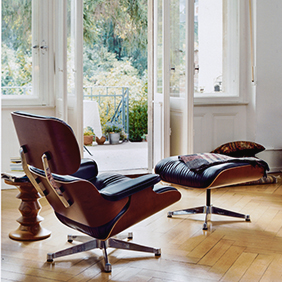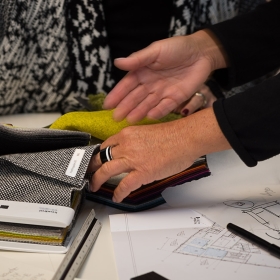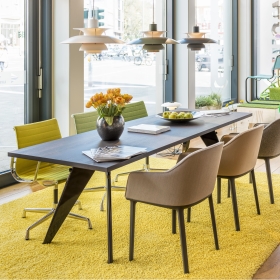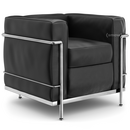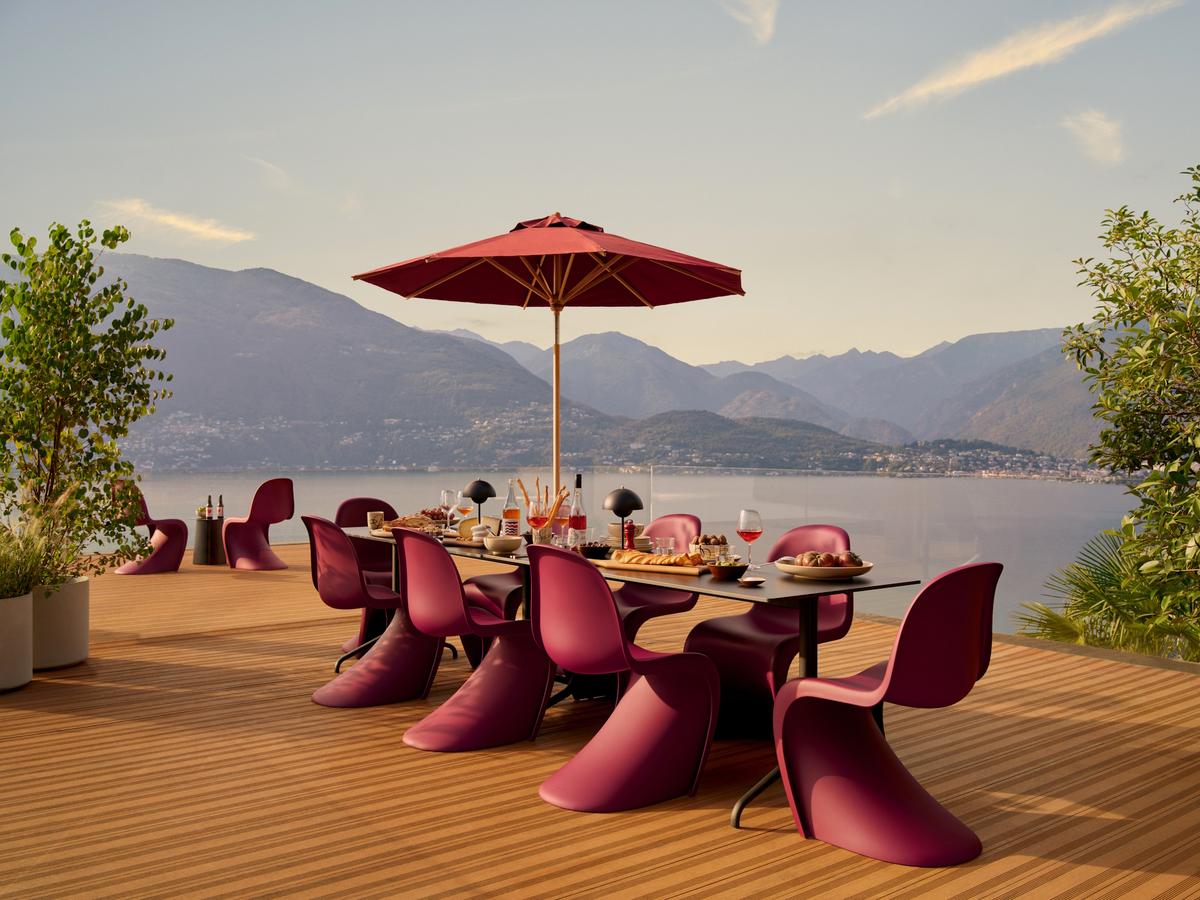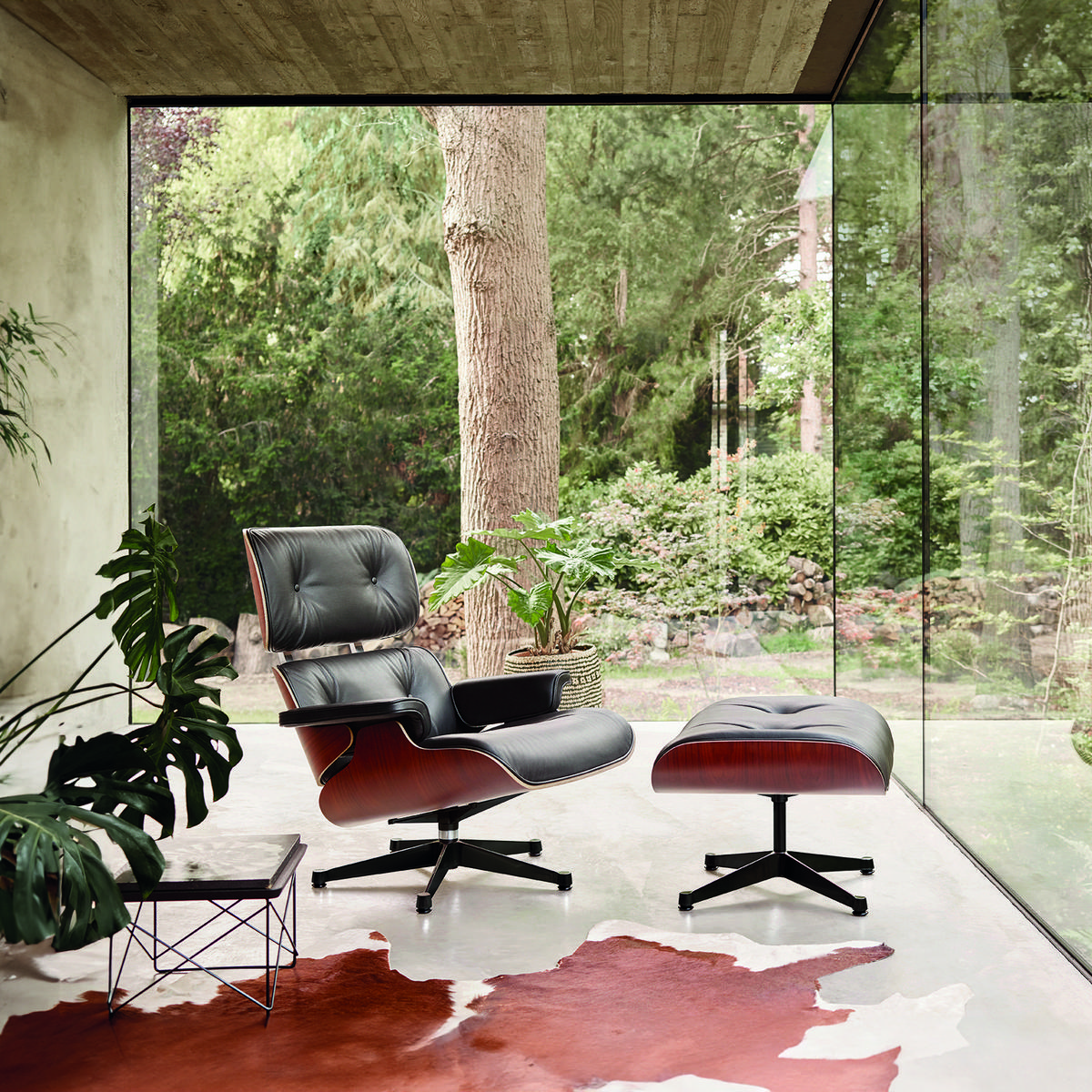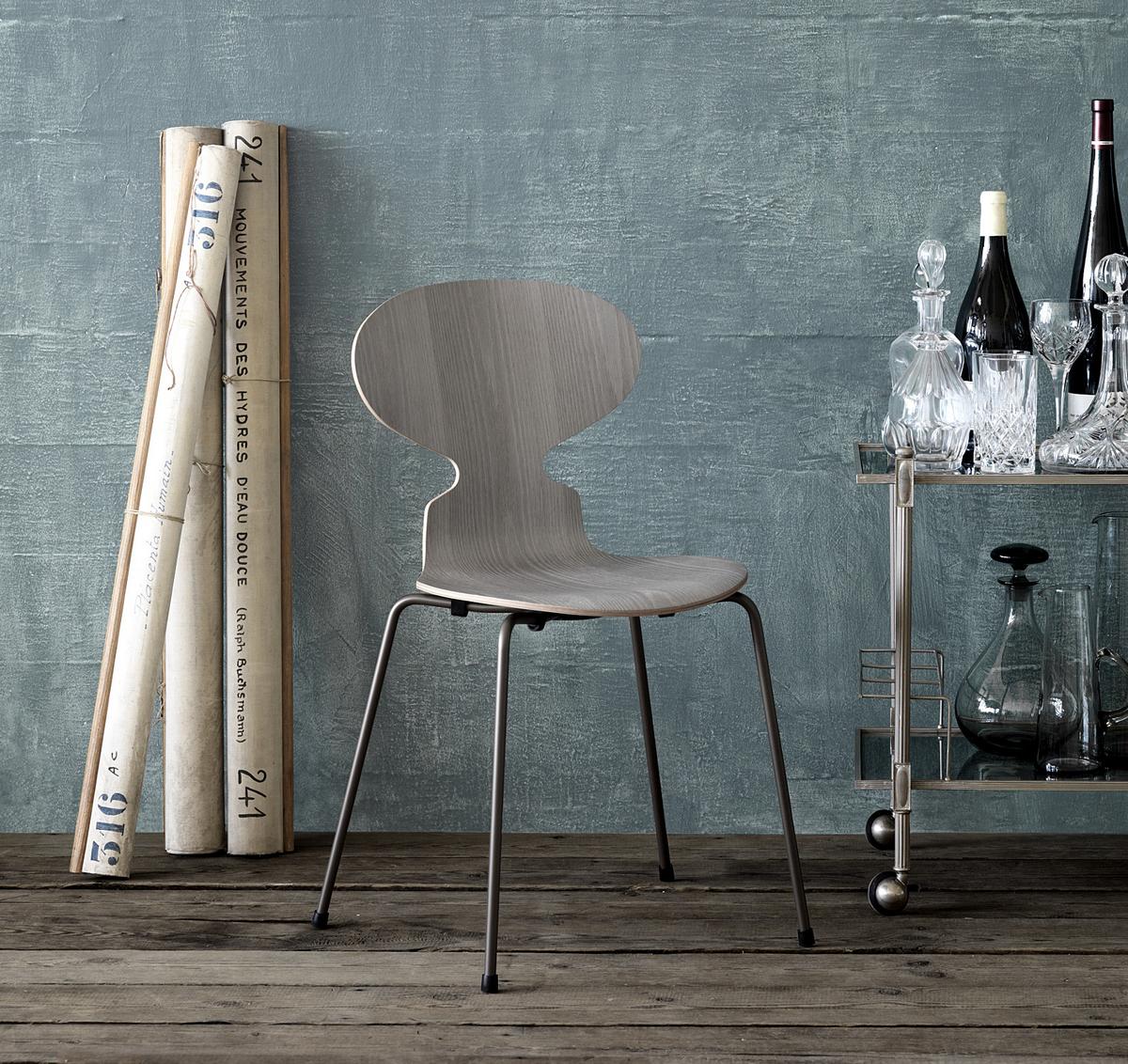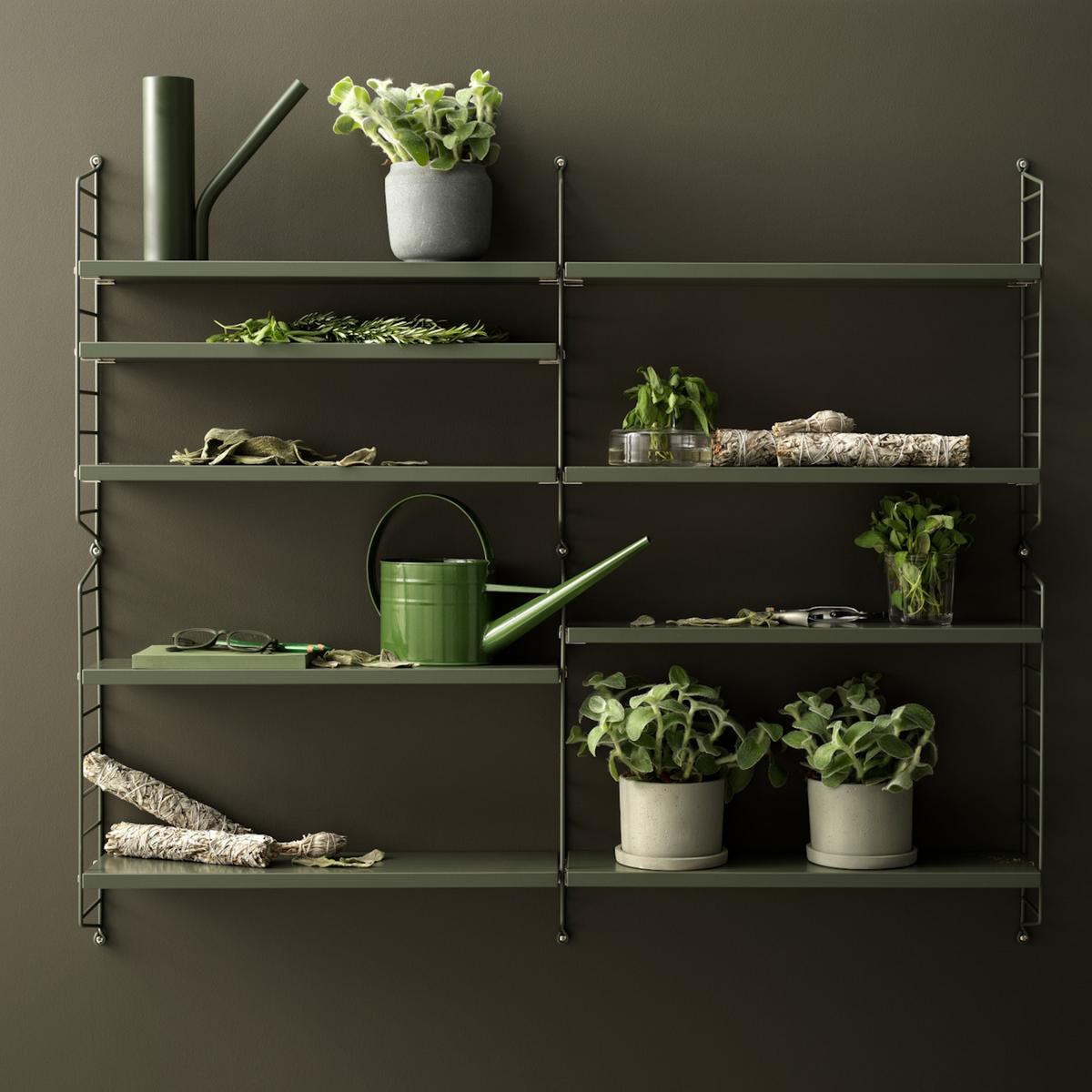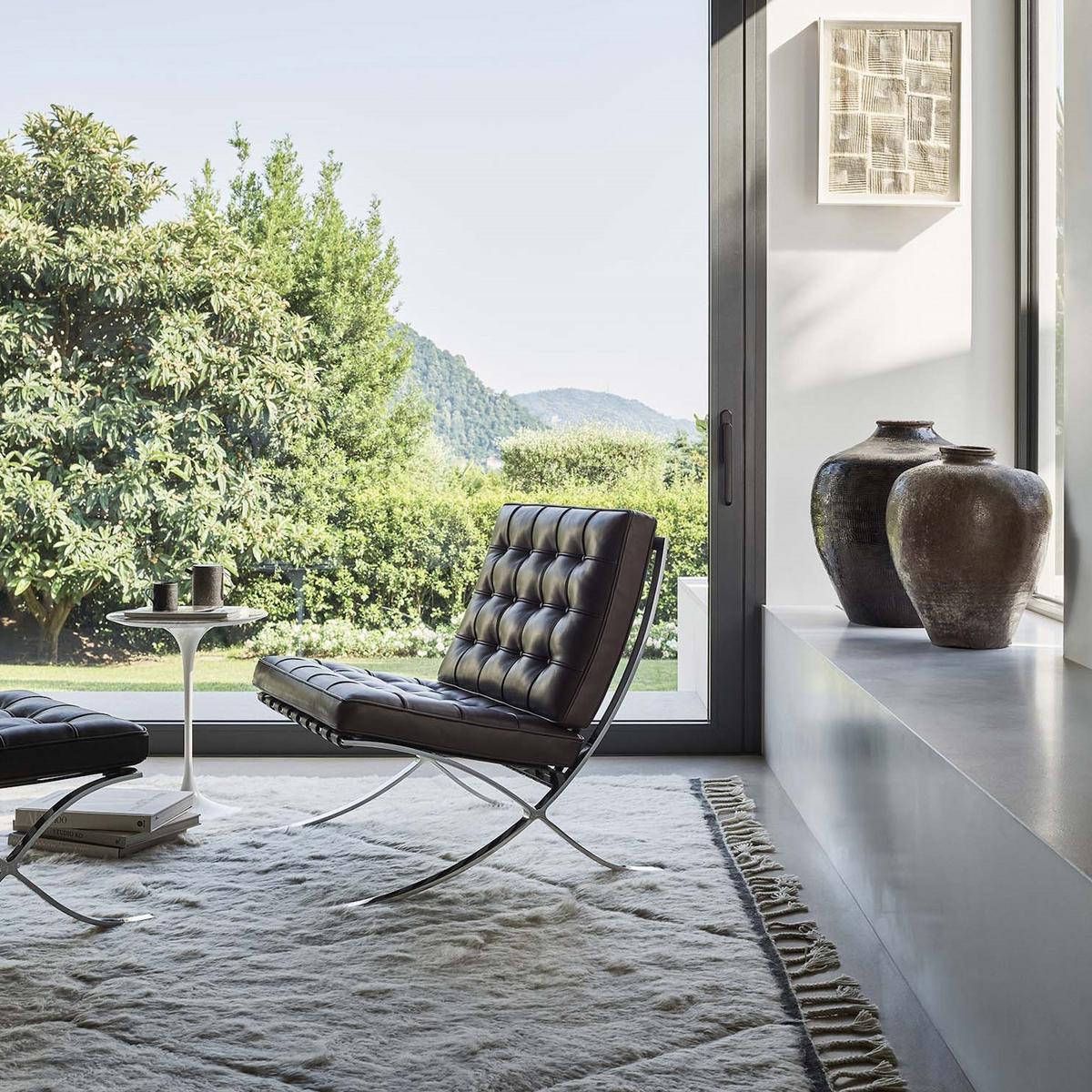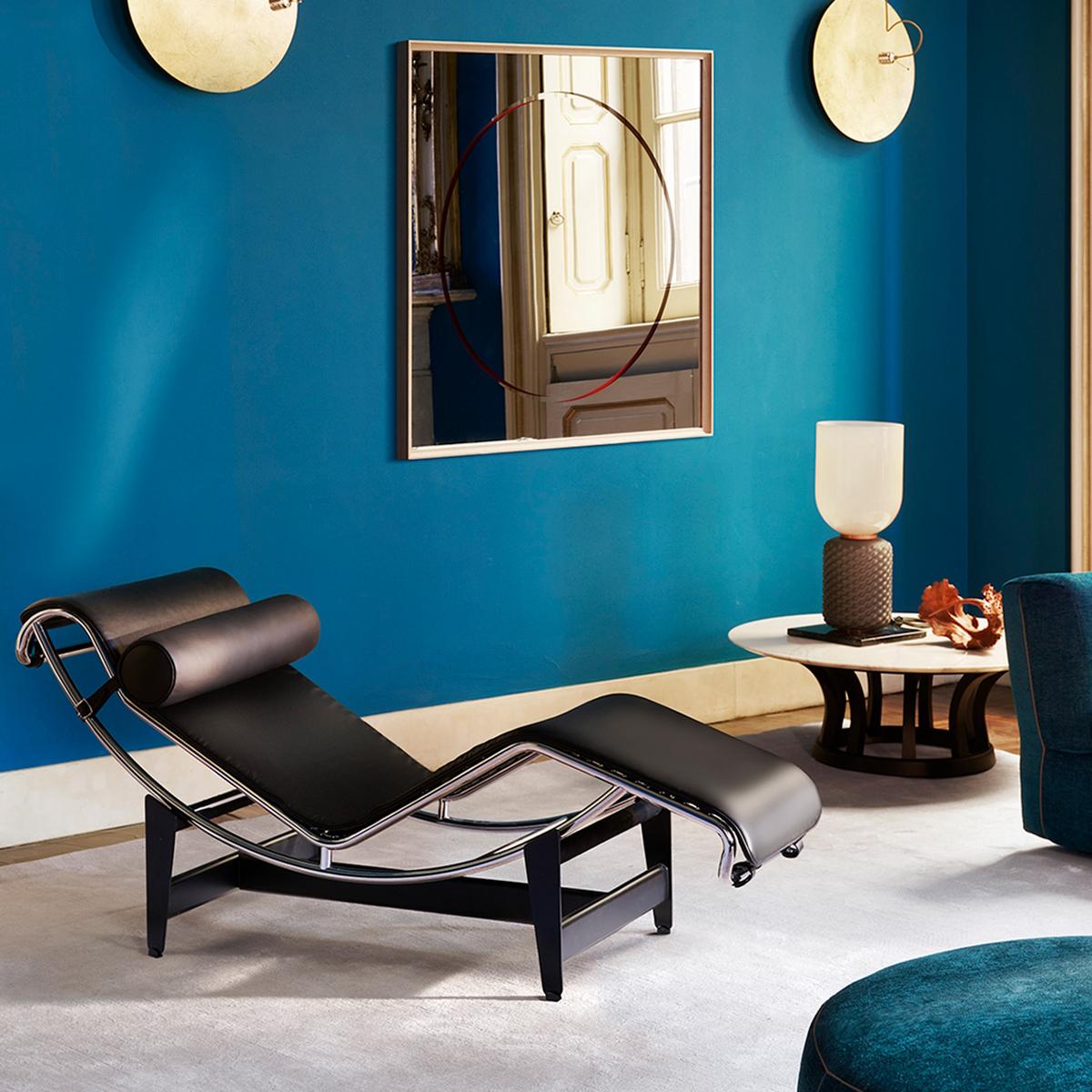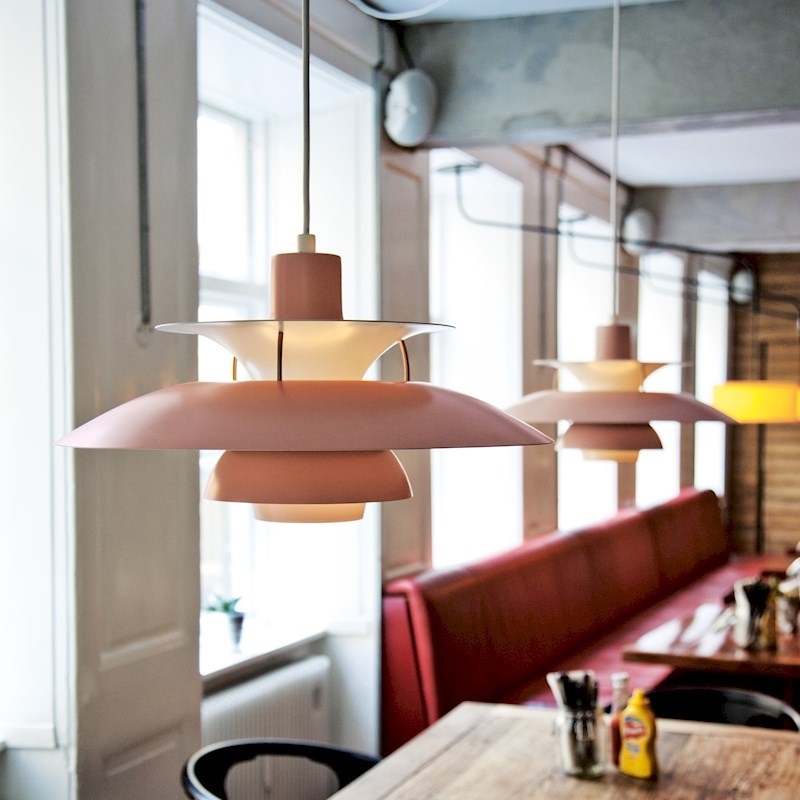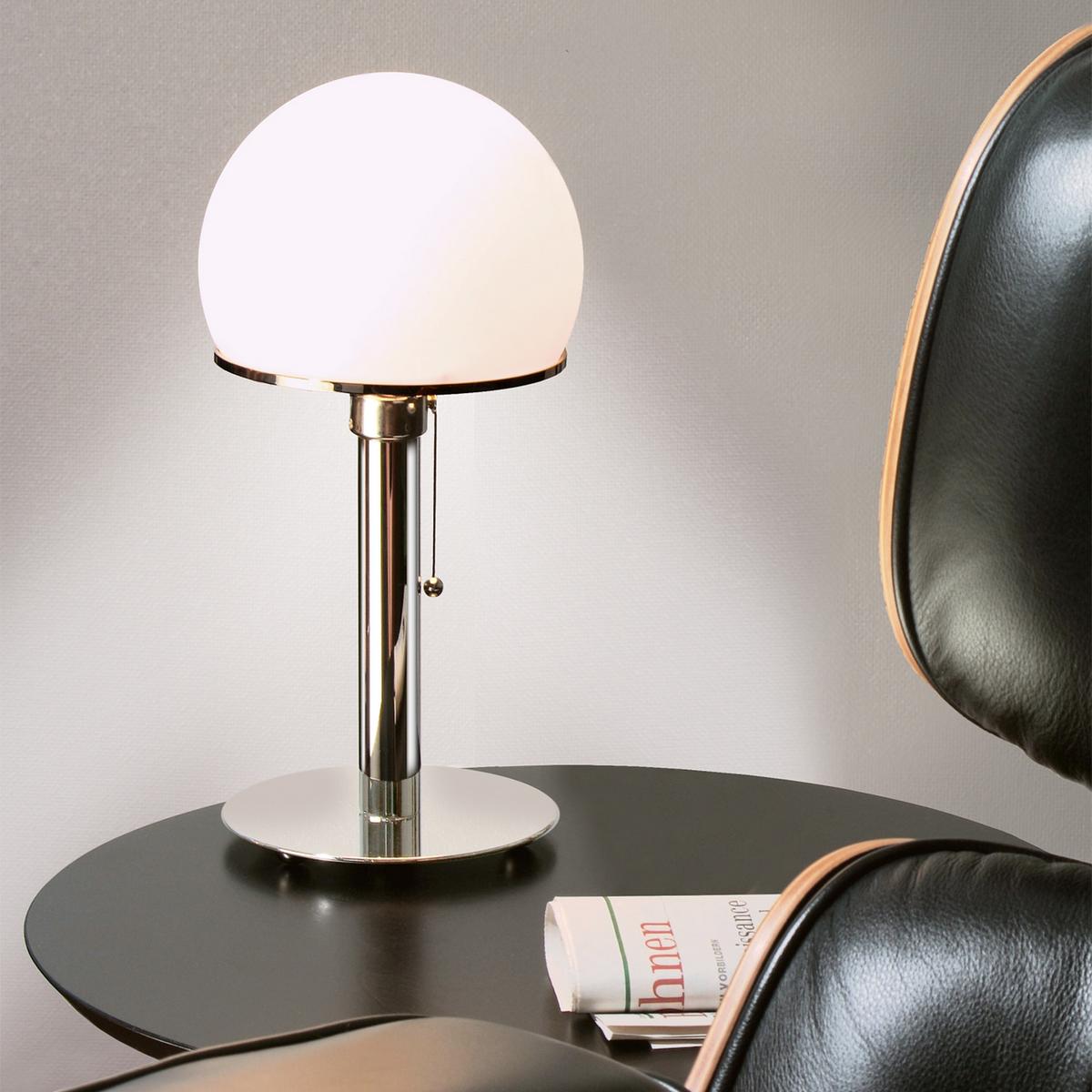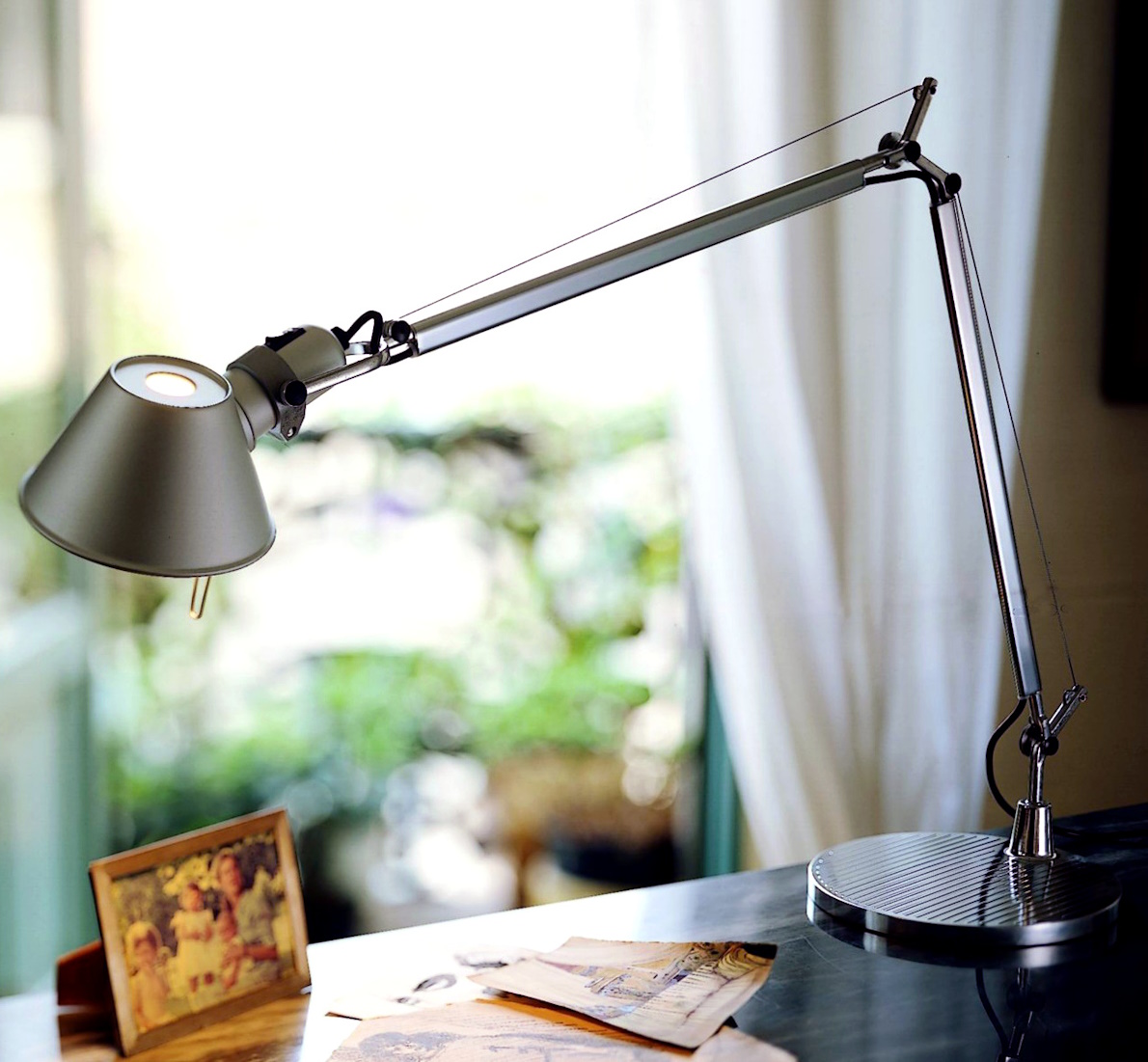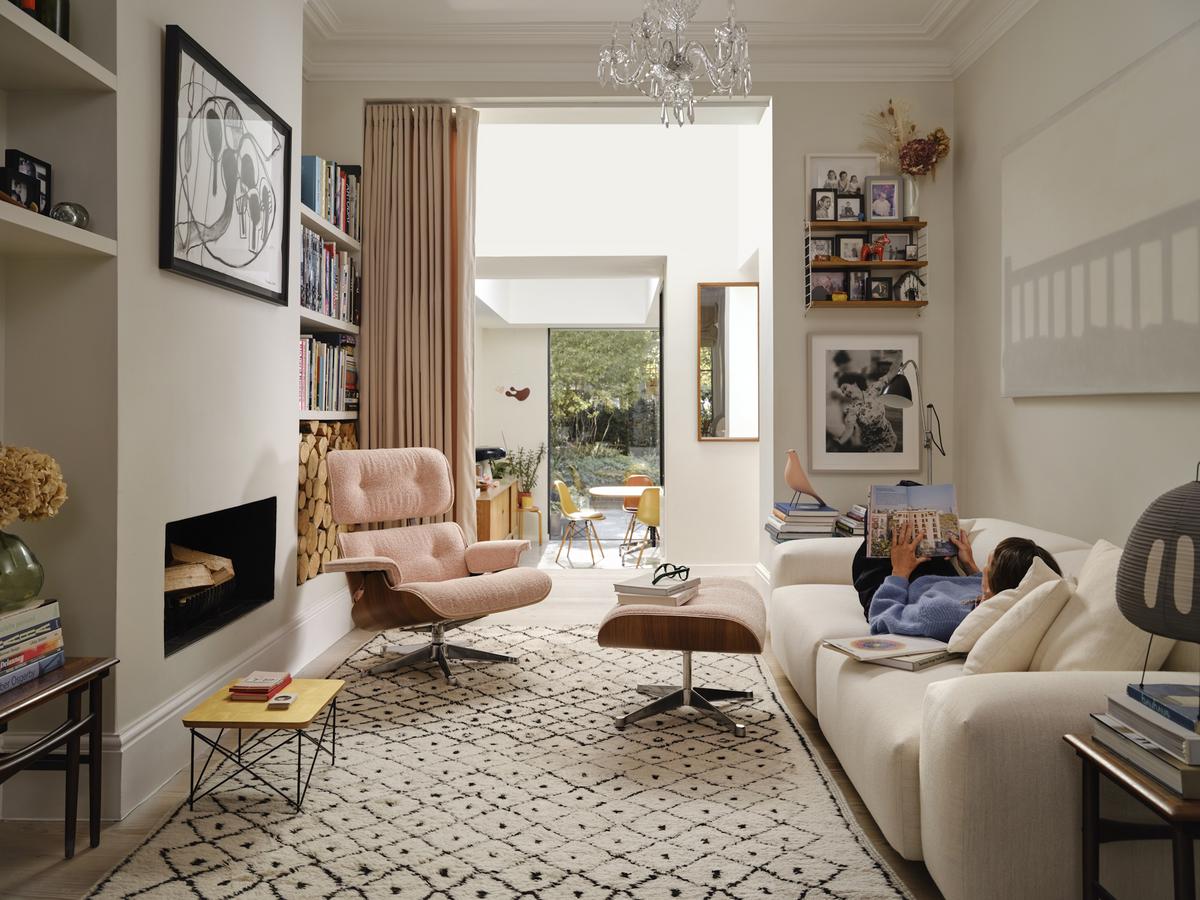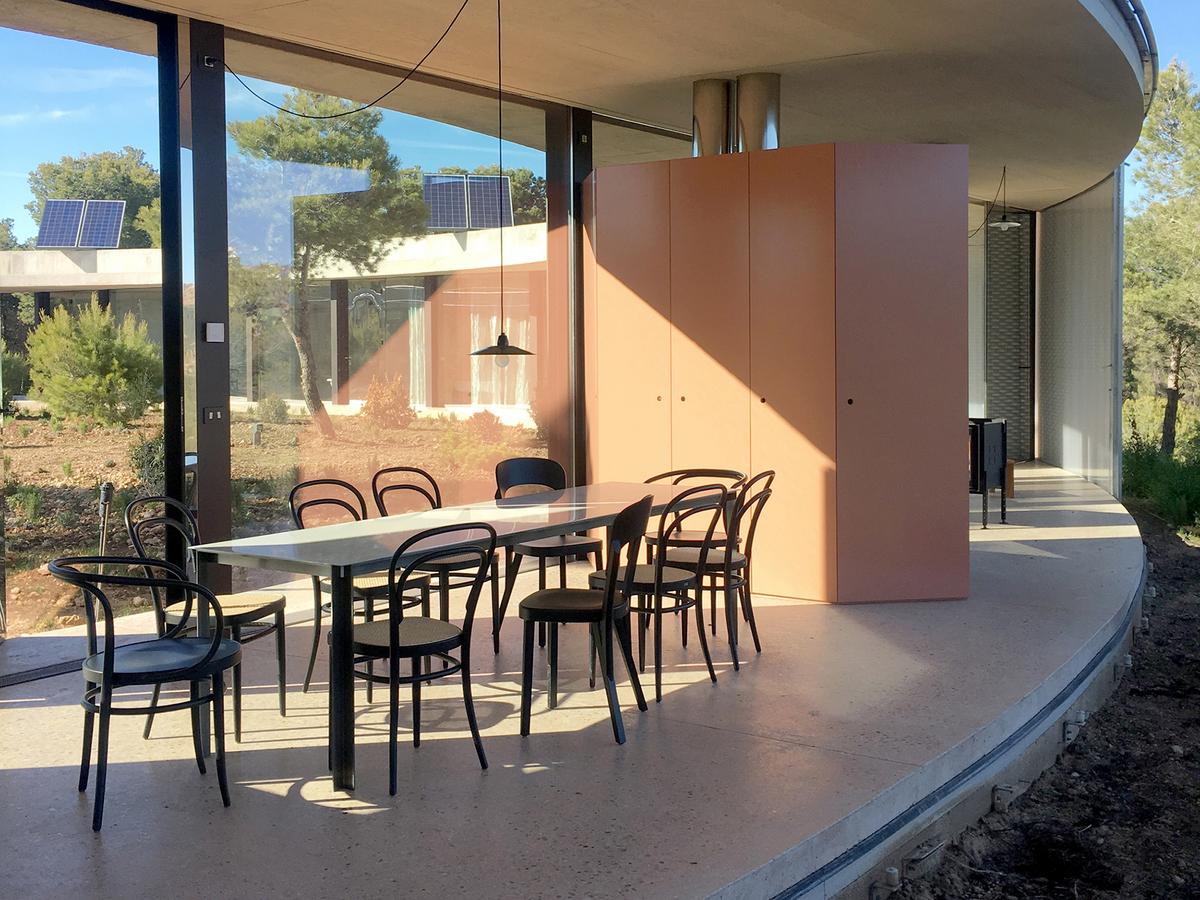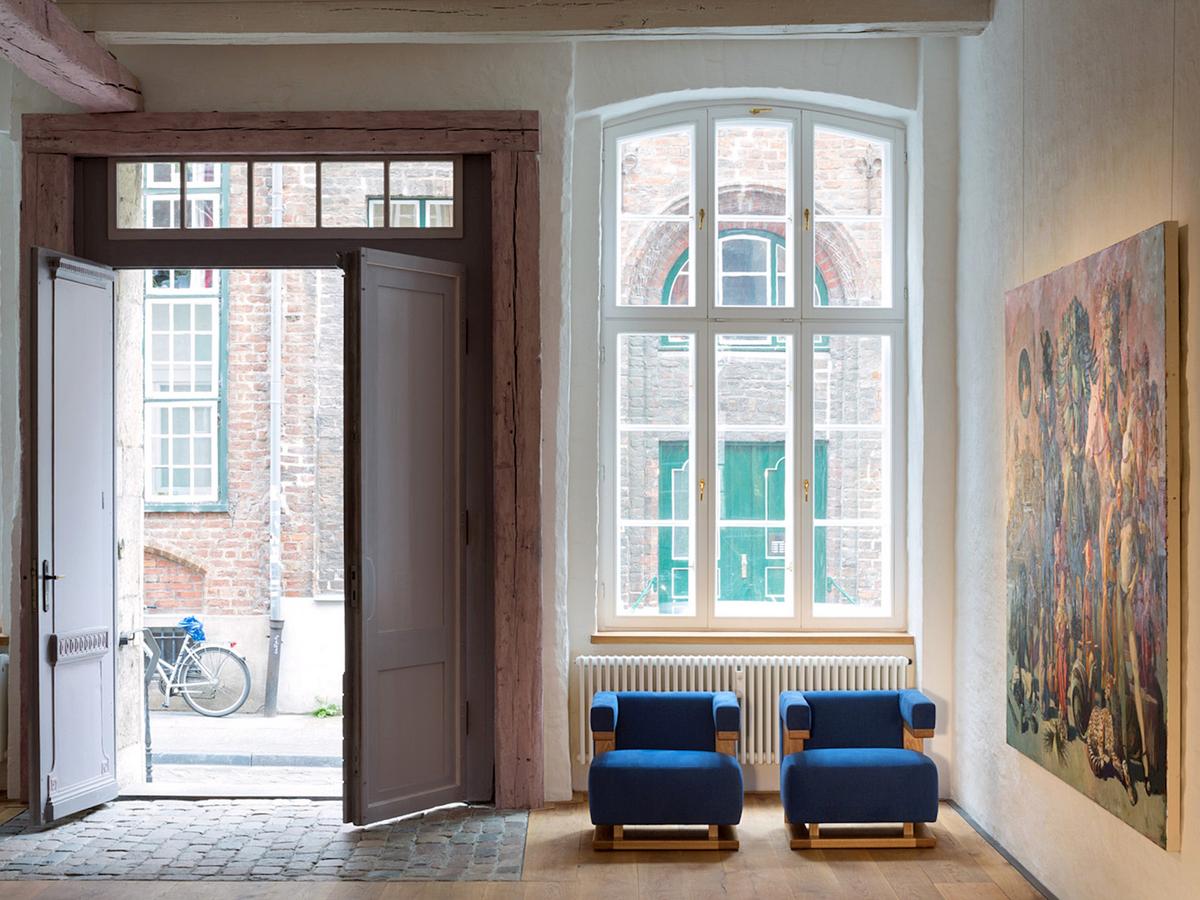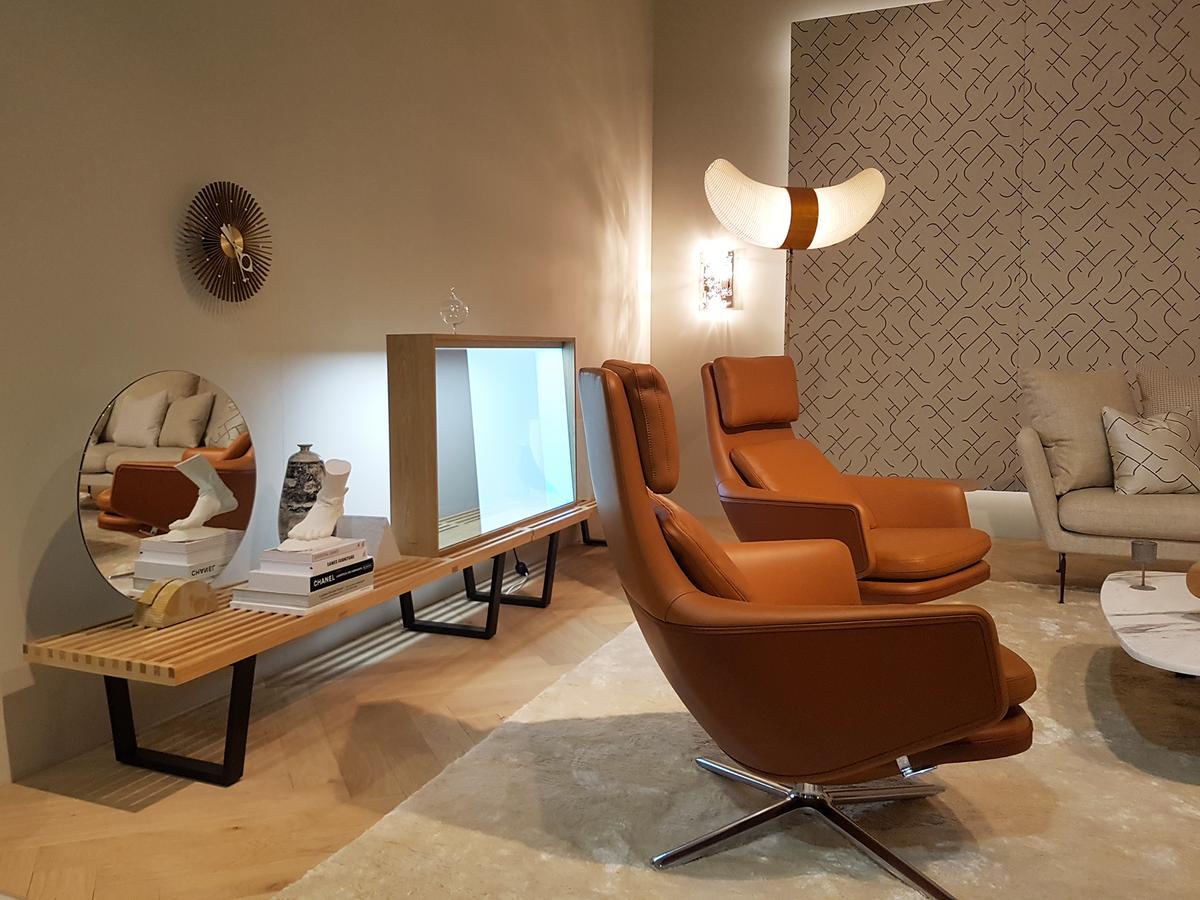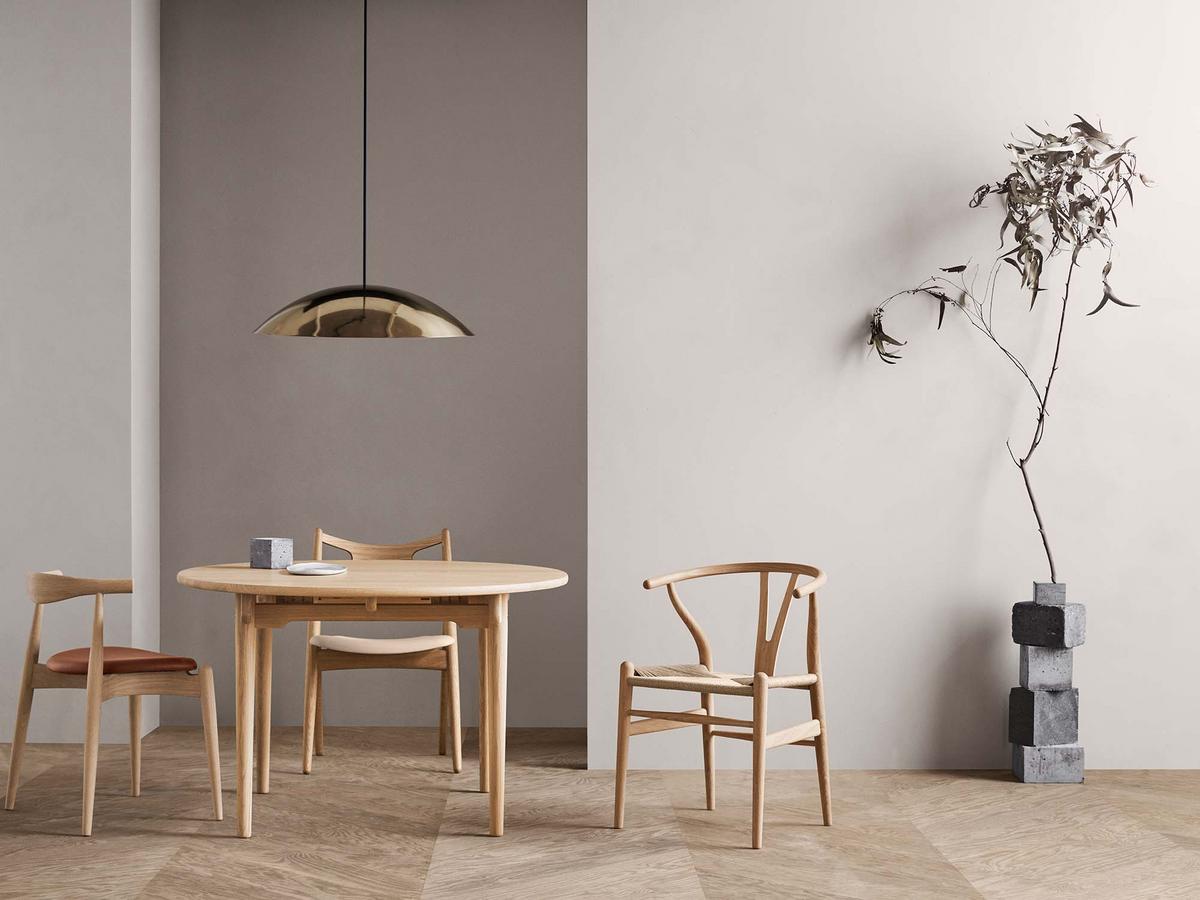Design Classics
Design classics of the 20th century
Designers are always looking for new solutions. In the best case, they design innovative furniture and lights that are so beautiful and functional that they effortlessly outlast short-lived trends and you simply don't want to be without them. This is exactly what applies to the design classics of the 20th century: their timeless aesthetics have been preserved for generations and they are characterized by a functionality that is a asset for the user.
Design classics also show how people thought and designed at the time they were created. They are based on innovative and ingenious designs that have stood the test of time. Anyone who buys a design classic is therefore always choosing a piece of cultural heritage and adding a stylish, long-term addition to their furnishings. Since design classics have a high resale value and often increase in value over time, they are also a good investment.
► Legendary furniture design classics - our top 5
► Design highlights: classics of lighting design
► Special editions - limited edition design classics
► The most important design classic eras of the 20th century
Legendary furniture design classics - our top 5
Whether a chair, sofa, shelf or lamp we associate design classics with timeless elegance and long-lasting quality. These iconic pieces of furniture have not only written design history but also continue to enrich contemporary living and working spaces. Manufacturers such as Vitra, Thonet, Fritz Hansen, Cassina and Knoll International have specialized in furniture design classics of the 20th century and have often been producing them since their creation. Here are our top 5 furniture design classics.
Eames Lounge Chair from Vitra
The Eames Lounge Chair by Charles and Ray Eames, one of the most popular classics of mid-century design, has been produced by Vitra since the 1950s. At the time, Vitra founders Willi and Erika Fehlbaum were able to coordinate the details of production directly with the Eames, with whom they were close friends. Today Vitra is the only licensed manufacturer of the Eames Lounge Chair and all other Eames design classics in Europe. With the Eames Lounge Chair, it's not just design connoisseurs who can make a real statement in their living room.
The Ant from Fritz Hansen
The Ant by Arne Jacobsen is one of the most famous design classics among chairs. Here too the manufacturer was there from the beginning: One year after Arne Jacobsen designed the chair for the canteen of the pharmaceutical company Novo Nordisk, it went into production at Fritz Hansen. A particular challenge was the seat shell which is still made from a single piece of bent veneer plywood.
String shelving system
There are also design classics among the shelves and storage furniture. One of them is the String shelving system by the Swedish designer couple Kajsa and Nisse Strinning. The design dates back to 1949 and still meets the requirements of a modular and functional shelving system - a timeless classic. The most striking feature of the String bookcase is the filigree wall and floor ladders into which the shelves and additional modules are hooked and which opens up innumerable possibilities for adapting String to individual needs.
Barcelona Chair from Knoll International
The Barcelona Chair by Ludwig Mies van der Rohe is a classic piece of seating furniture from the first half of the 20th century. For the 1929 World Exhibition in Barcelona van der Rohe deliberately looked for an elegant and monumental seating solution, including for the Spanish royal couple. The perfect combination of the wide seat and backrest with the x-shaped, slightly curved legs gives the Barcelona Chair its light, almost floating character. The design classic, which is still produced today by the American furniture manufacturer Knoll International according to the original specifications, is emplyoed as opulent seating furniture, particularly in boardrooms, upscale offices, luxurious lobbies and living rooms.
Le Corbusier®, Pierre Jeanneret®, Charlotte Perriand® – Cassina iMaestri Collection
One of the most successful product lines of the Italian furniture manufacturer Cassina is the "Le Corbusier®, Pierre Jeanneret®, Charlotte Perriand®" – Cassina iMaestri Collection of high-quality armchairs, sofas, chairs, tables and the LC4 lounger, which the eponymous architect Le Corbusier developed at the beginning of the 20th century in collaboration with Charlotte Perriand and Pierre Jeanneret. The LC furniture owes its continued success to its exceptional design and its characteristic, timeless aesthetics as well as the unique quality with which it has been produced by Cassina since the mid-1960s.
Design highlights: classics of lighting design
Design classics in the lighting sector are true masterpieces which create a unique atmosphere and continue to set standards in terms of light distribution and design. Our selection of iconic lighting objects ranges from modern design classics such as the Wilhelm Wagenfeld lights from Tecnolumen to lighting designs from the second half of the 20th century such as the Tolomeo Tavolo light from Artemide. We introduce 3 particular highlights:
PH lamps from Louis Poulsen
The PH lamps designed by Poul Henningsen count t the the undisputed design classics of the 20th century. With his lamp designs, Poul Henningsen innovatively implemented the idea of glare-free and targeted light. Over the years, this resulted in an extensive lamp collection with numerous design classics such as the PH 5 and PH 4/3 pendant lamps, which have been produced by the Danish lamp manufacturer Louis Poulsen since their creation.
Wilhelm Wagenfeld lamps through Tecnolumen
The German manufacturer Tecnolumen established itself in the 1980s with the Bauhaus lamp by Wilhelm Wagenfeld. As iconic Bauhaus design classics the Wagenfeld table lamps embody the functionalism of classical modernism and are now part of the collection of the Metropolitan Museum of Art in New York for good reason.
Tolomeo Tavolo by Artemide
A classic of the second half of the 20th century is the Artemide Tolomeo Tavolo desk lamp by Michele de Lucchi and Giancarlo Fassi. The simple and functional desk lamp has become an indispensable part of architectural offices, law firms and practices. Its timeless, pleasing design contrasts with the provocative, conceptual design of the Memphis Group from the 1980s, of which Michele de Lucchi was one of the founding members.
Special Editions - limited edition design classics
Special limited edition design classics are regularly launched on the market, featuring new colours or unusual materials. These editions are usually only available for a limited period of time or in limited quantities. Numbered special editions in particular have a unique collector's value. These rare pieces of furniture, accessories or lighting are therefore a valuable investment, and not just from an aesthetic point of view. Discover the current special editions at smow and secure a unique piece of design history before it is sold out. The String shelf by Kajsa and Nisse Strinning is a design classic that has already been available in several special editions: To mark the 75th anniversary of the String shelf, for example, the 1949-2024 anniversary edition" was released in the original colours and dimensions of the design classic.
The most important design classic eras of the 20th century
After the industrialisation of the 18th and 19th centuries, the 20th century was an era of rapid change that produced numerous innovative designs that had a lasting impact on the world. We briefly present the most important design movements and some of the associated design classics of the past century.
1. Art Nouveau – 1890 bis 1910
With its curved lines and organic shapes Art Nouveau was a reaction to the industrial mass production of the 19th century. Designers such as Hector Guimard and Antoni Gaudí created works that focused on natural shapes and decorative details. The style was reflected in very different ways in architecture, furniture design and art around the world and laid the foundation for many modern design movements. The transition to 20th century modernism is marked, for example, by the Thonet chair 209 / 210, which with its curved armrests and, in the case of model 210, the oval backrest takes up the design language of Art Nouveau, but can already be attributed to 20th century modernism due to its serial production method.
2. Bauhaus and Classical Modernism - 1919 to 1933
Bauhaus, founded by Walter Gropius, was one of the most influential design schools of the 20th century. The Bauhaus philosophy advocated the combination of art, craftsmanship and technology. Driven by these new principles, which represented a strict departure from Art Nouveau designers such as Marcel Breuer and Ludwig Mies van der Rohe developed functional and minimalist furniture that is still considered icons of modern design today. The most important design classics of the Bauhaus include the Thonet cantilever chair S 32 by Marcel Breuer and the F51 Gropius armchair by Walter Gropius, which is now produced by Tecta.
The Bauhaus is also considered the cradle of Classical Modernism, which, starting in Europe, established new design principles worldwide, including clear lines, functional forms and the use of new materials such as glass and steel. The Irish designer Eileen Gray, who began her design career with Art Deco-style furniture, created a functional, height-adjustable side table with her Adjustable Table E 1027, which went down in history as one of the most famous pieces of design furniture of classical modernism. In addition to Mies van der Rohe, another important representative of classical modernism is the architect Le Corbusier, who is also known for his minimalist furniture designs.
3. Art Deco – 1920 to 1940
The Art Deco style emerged in the 1920s and was characterized by elegant, geometric shapes, luxurious materials and a certain exoticism. Designers such as Émile-Jacques Ruhlmann and René Lalique designed furniture and accessories that exuded glamour and sophistication. The style culminated in the design of the Chrysler Building in New York.
4. Mid Century Modern – 1940 to 1960
The Mid Century Modern movement, which began in the 1940s and continued into the 1960s, was characterized by clean lines, organic shapes and the use of new materials such as plastic and plywood. Designers such as Charles and Ray Eames, Eero Saarinen and George Nelson created iconic pieces of furniture during this period that are now produced in Europe by Vitra. The Mid Century design classics are still popular today and clearly shape the contemporary interior design style.
5. Scandinavian design – 1930 to 1970
Scandinavian design emphasizes functionality, simplicity and natural materials. Designers such as Arne Jacobsen, Alvar Aalto and Hans J. Wegner created pieces of furniture that impress with their simple elegance and precise craftsmanship. The focus on ergonomics and sustainability made this style popular worldwide. Similar to the classics of American mid-century design, Scandinavian design classics such as Arne Jacobsen's Egg Chair or the Wishbone Chair by Hans J. Wegner have had a major influence on current interior design and contemporary design.
6. Postmodernism – 1970 to 1990
Postmodernism was a reaction to the austerity and functionality of modernism. Designers like Ettore Sottsass and the Memphis collective brought colour, humour and irony to their works. They played with shapes and materials and created unconventional, expressive designs that challenged traditional notions of functionality.


